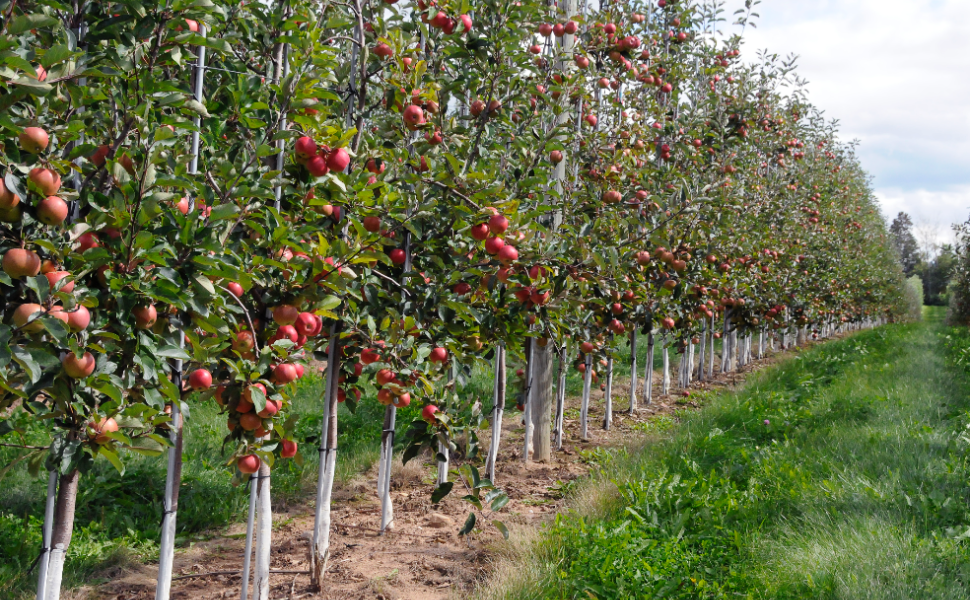Lamb is both tasty and packed with nutrients, making it a great choice for seniors. But it’s important to prepare and eat it safely so that everyone can enjoy its flavors without any worries. Whether living alone or in assisted communities, these tips will help ensure lamb dishes are enjoyed safely and deliciously by seniors.
Choosing the Right Cut of Lamb
Picking out lamb is all about getting the right cut for easy cooking and eating. Loin, leg, and shoulder cuts are usually tender and packed with flavor. For seniors, boneless options might be best since they’re simpler to handle.
Always buy from a trusted butcher or grocery store to make sure it’s fresh. Fresh lamb should have that nice pinkish-red color and feel firm to the touch. Steer clear of any meat that’s grey or smells off—that’s a sign it could be spoiled.
Proper Storage and Handling
Keeping lamb safe to eat is important. Store it right and handle it with care to avoid getting sick from foodborne illnesses. Once bought, put the lamb in the fridge at below 40°F. If planning on cooking later, freeze it if it’s not going into a dish within a few days. This keeps it fresh longer.
When thawing frozen lamb, use the refrigerator instead of leaving it out on the counter—this helps stop bacteria from growing. And don’t forget to always wash hands, utensils, and surfaces well before and after dealing with raw lamb to prevent cross-contamination!
Safe Cooking Techniques
Cooking lamb to the right internal temperature is crucial for safety. The USDA says it should hit 145°F inside, then rest for three minutes. This kills any harmful bacteria.
For seniors, cooking lamb a bit more can make it tender and easier to chew. Roasting, braising, or slow-cooking are great methods that keep moisture in and boost flavor. A meat thermometer is the best tool to ensure thorough cooking of the lamb.
Enjoying Lamb in a Balanced Diet
Lamb can be a great addition to a senior’s diet when eaten in moderation. It’s packed with protein, iron, and B vitamins. These nutrients help keep muscles strong and energy levels up.
Pairing lamb with veggies and whole grains makes for a balanced meal. Roasted vegetables alongside some quinoa or brown rice are nutritious and tasty! Watching portion sizes is key, as it helps prevent overeating while keeping weight in check.
Conclusion
To wrap it up, seniors can enjoy the delicious taste and health benefits of lamb by picking the right cuts. Proper handling and storage are key, too. Cooking to the correct temperature is crucial for safety. Including lamb in a balanced diet makes all this even better.
Whether living on their own or in assisted communities, these steps help seniors savor tasty lamb while staying healthy and safe.











 According to the Bureau of Labor Statistics projections, the Restaurants & Food Services Industry Group employed
According to the Bureau of Labor Statistics projections, the Restaurants & Food Services Industry Group employed 

